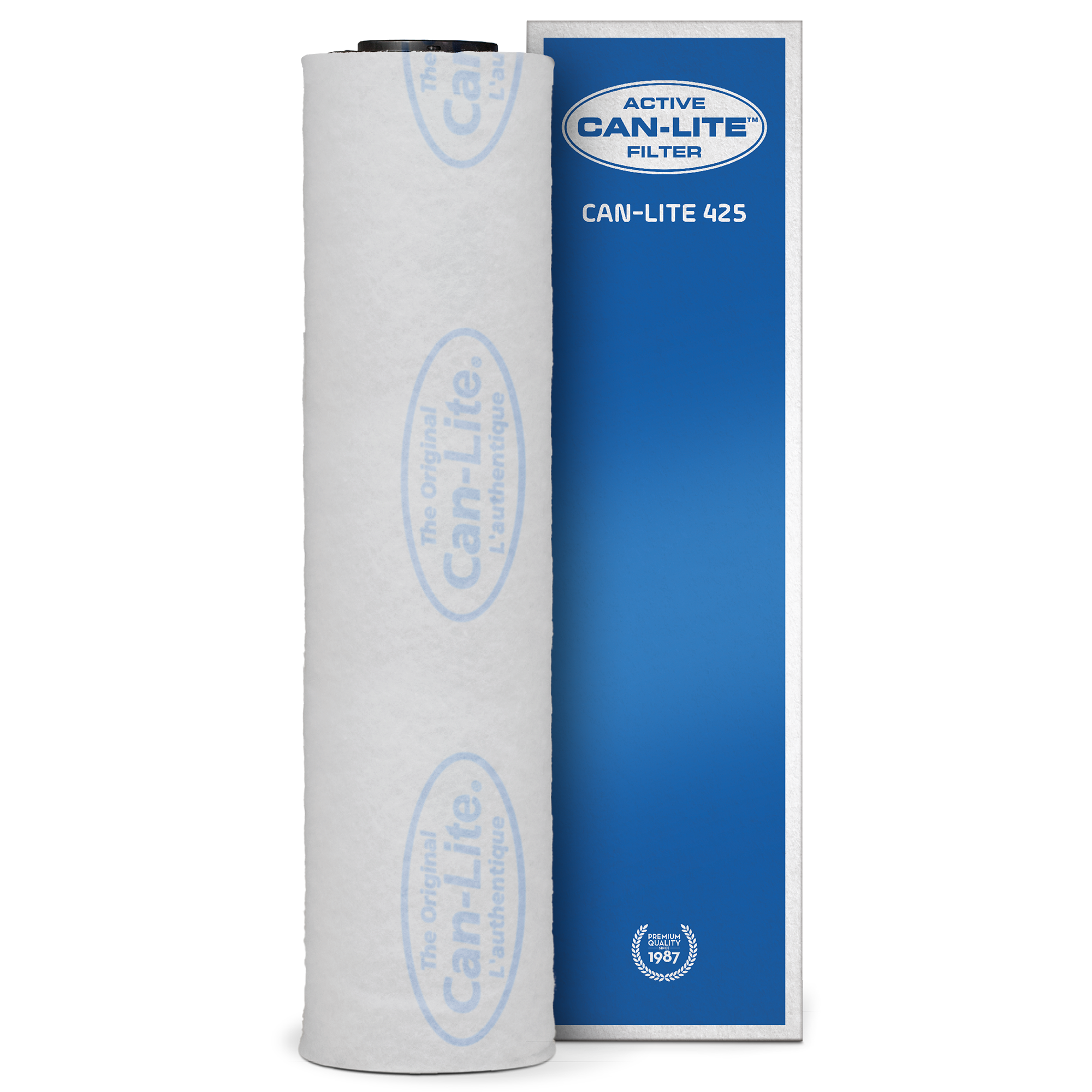Can-Fan
Can-Lite Metallic Filter
FICA0070
Can Filters carbon filters are the universal reference in the world of air purification and mark the standard of innovation, and quality manufacturing, to which the rest of the brands in the sector tend, without being, So far even. Forget bad odors with the most qualified variety of Can Filter filters.
Can-Filters filters contain a type of virgin activated carbon. Carbon seen under a microscope looks like a porous material filled with cavities and intricate recesses of micropores that reach an absorptive surface of 50 m2/g. The volatile, gaseous particles that carry the odor are physically trapped in these cavities and go to the solid state becoming part of the crystalline structure of the coal itself.
After the refined activation techniques unique to Can Filters, the microporosity is increased and the carbon adsorption surface up to values around 2500 m2/g. It is achieved that 99.97% of the particles of 0-3 micrometers are trapped forever.
Larger particles such as dust, pollen, mites...etc., although they are not usually responsible for the smell, they are not they are retained by carbon; but if their concentration is high, they can obstruct the micropores of the carbon activated, reducing the efficiency of the filtration. To do this, Can Filters filters incorporate a thick cotton that covers them, preventing such particles from penetrating inside and thus conserving all the power of its activated carbon and extending the useful life of the filter.
The average usefulness of these filters is about 18 months under normal conditions; but it will largely depend on volume of particles to be filtered, the more volume (odor), the sooner the adsorption surface in the carbon is saturated, letting the rest of the smells through. In such a case, it is time to change the filter.
Before starting to install, we have to decide if we choose to take the air outside once filtered (exhaust through tube), or recirculate constantly inside. (Recirculation is recommended if you have incorporation of air conditioning and CO2 generation system).
Then we have to measure our grow room to determine the most suitable filter for our needs. The Rooms are usually cubic and are measured with the traditional multiplication rule of length x width x height and divide it by 3, in the case of an exhaust setup, or by 1.5 in the case of a recirculation setup. The result is the amount of air in cubic meters that needs to be moved in three minutes so that all the air of the space is renewed by fresh air in that time. Or in 1.5 min if the measurement is for recirculation. This is the reference number that will help you determine your filter.
Installation: The installation of the filters is very simple: the filter is fixed to the ceiling with any secure fastening system, preferably elevated above spotlights, safe from excessive temperatures elevated. Next, the extractor is fixed, (preferably with direct connection, without interposing tube between both) and a tube section sufficient to lead the air to the outside is fixed to it, although it is also You can opt for the option of recirculating the air without taking it outside.
- Exhaust circulation: In this type of assembly, the air is forced by the extractor to go outside through through a circulation tube. Each filter is marked with a recommended exhaust rating on depending on the cubic meters to be treated, so that the user can calculate their needs.
- Recirculation: This type of assembly is recommended in advanced installations where there are means of atmospheric control such as air conditioning or CO2 in well-sealed installations. In this case, the circulation tube is not necessary, since the air is not removed to the outside, the extractor directly attached to the filter keeps it circulating inside the crop.
Each filter is also marked with its recommended recirculation capacity.
Specifications:
- 100% Australian granulated virgin carbon
- Top and bottom aluminum closures
- Integrated flange and 51% open bore





